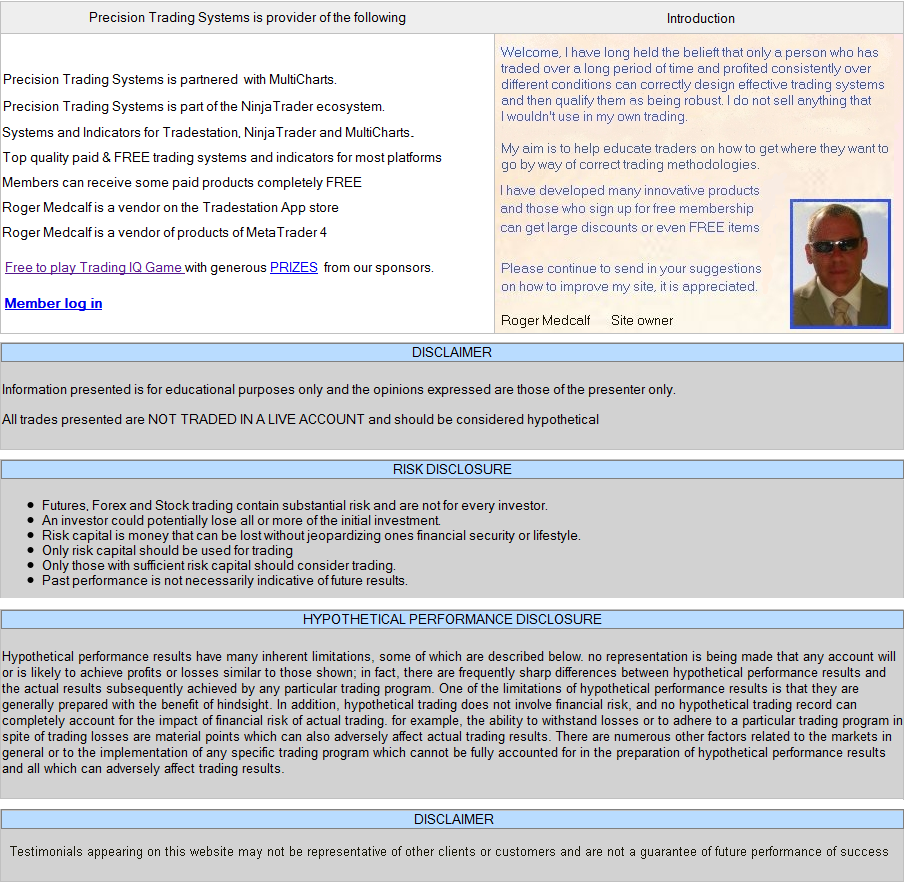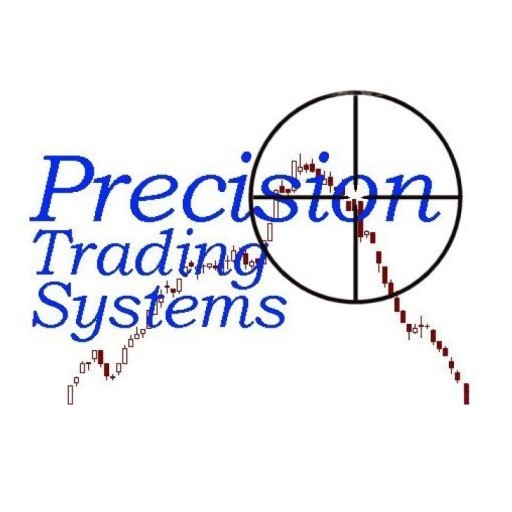
How to enter and exit 0DTE option trades
Complete No-Nonsense Guide to 0DTE Option Trading
-
What are 0-DTE Options?Image below shows a pay off diagram of a short strangle with short call and put strikes at 90 points apart, the flat area is the maximum profit |
|
|
| Having a life
of just one day a 0DTE option has zero days to expiration. Other
than that it behaves just like a regular traded option, just that it
all happens faster. The appeal of the zero days to expiry options is the fact that the position will be closed out and settled at the end of the trading day or sooner if the trader chooses to close it. This guide covers the basics and also some advanced methods to suit all levels of expertise. Here is a list of some of the option strategies covered in this guide and the risk reward profiles, please note unlimited risk means what it says. Long Call: Buying a call option that expires the same day. Risk is limited to the cost of the option and maximum profit is unlimited as price rises can be infinite. Long Put: Buying a put option that expires the same day. Risk is limited to the cost of the option and maximum profit is limited to security price falling to zero. Short Call: Selling a call option that expires the same day. Risk is unlimited as price rises can be infinite, maximum profit is limited to the premium of the option. Short Put: Selling a put option that expires the same day. Risk is limited to the price of the security falling to zero, maximum profit is limited to the premium of the option. Covered Call: Selling a call option while owning the underlying stock, with the option expiring the same day. Protective Put: Buying a put option while owning the underlying stock, with the option expiring the same day. Bull Call Spread: Buying a call option and selling another call option with a higher strike price, both expiring the same day. Bear Put Spread: Buying a put option and selling another put option with a lower strike price, both expiring the same day. Straddle: Buying both a call and a put option with the same strike price and expiration date, both expiring the same day. Strangle: Buying both a call and a put option with different strike prices but the same expiration date, both expiring the same day. Iron Condor: Selling a put spread and a call spread with the same expiration date but different strike prices, all expiring the same day. Iron Butterfly: Selling a straddle and buying a strangle with the same expiration date, all expiring the same day. Butterfly Spread: Buying a call or put option at one strike price, selling two options at a different strike price, and buying another option at a third strike price, all expiring the same day. Collar: Buying a protective put and selling a covered call, both expiring the same day. Box Spread: Combining a bull call spread and a bear put spread with the same strike prices and expiration dates, all expiring the same day. Ratio Spread: Buying and selling options in unequal quantities, typically in a ratio of 2:1 or 3:1, all expiring the same day. Backspread: A type of ratio spread where more options are bought than sold, all expiring the same day. Risk Reversal: Buying a call option and selling a put option with the same expiration date but different strike prices, both expiring the same day. Synthetic Long: Creating a synthetic long position by buying a call option and selling a put option with the same strike price and expiration date, both expiring the same day. Synthetic Short: Creating a synthetic short position by selling a call option and buying a put option with the same strike price and expiration date, both expiring the same day. Vertical Spread: Buying and selling options with the same expiration date but different strike prices, both expiring the same day. Horizontal Spread: Buying and selling options with the same strike price but different expiration dates, with the near-term option expiring the same day. Short Guts: Selling a straddle and buying a strangle with the same expiration date but different strike prices, all expiring the same day. These strategies are specifically tailored for 0DTE options, where the options expire on the same day they are traded. It's important to thoroughly understand each strategy and its implications before implementing them in your trading activities. Time decay is known as Theta and is the reason option sellers go short of time in return for taking on board risk, it is similar to insuring a car. Image below shows how the extrinsic value of an at the money option declines as the hours pass by. Example of option price construction: 1. Intrisic value is the amount of moneyness of an option EG if an option has a strike price of 15000 and the market is at 15500 then the intrinsic value is 50 2. Extrinsic value is the amount of time value added onto the price of the option and this is what decays as time runs. If there are eight hours to run then it could have 100 points of time value added on making it 100 + 50 = 150. 3. If the underlying security does not change price and there are two hours to go the price might be 50 ( intrinsic ) + 40 (extrinsic or theta or time value) If one has an appetite for risk and knows how to hedge when things go wrong, it is easy to see the appeal of short selling put options or call options. |
|
|
|
Image below: Nasdaq 100 futures on a 45-second chart with Mach-Trend Platinum Pro paint bar providing the signals to enter naked short puts and calls. As a low-frequency trend following tool it lends itself to providing entry signals for short selling options, and the whipsaw reduction helps to reduce overtrading. |
|
|
|
In the image above the approximate trade prices are shown here. Please note time line is in UK format, as in the UK the USA closes at 9pm ( 5 hours ahead ) This is the last few hours when time decay is accelerating faster downwards. From left to right approximate prices; 1. Short ATM calls at 72 covered at 69.3 (ATM means "at the money") 2. Short ATM puts at 60.3 partially closed at 23. Remainder expired at zero. 3. Short ATM calls at 41 partially covered at 28.2. Remainder expired at zero. The general concept in this example is to milk two udders at the same time. Direction AND Time decay. This does best when markets are not too volatile and a trader needs to exit fast or hedge quickly against exposure when a naked option trade goes wrong. If the price stays close to the strike price the atm short option will expire at or close to zero. (profit from time decay) If the price moves in the direction you sold the option will also expire at zero ( profit from direction ) If both the above occur in a slow drift in your direction then super results are possible. If the price moves against you rapidly then the feeling of terror is truly known. TRUST ME WHEN I SAY - THERE WILL BE PLENTY OF TRADES THAT GO WRONG - THE ABOVE METHOD RISKS UNLIMITED LOSSES. Why choose the at the money strike prices for this strategy? Simply because this is the strike price with the most Theta ( time value or extrinsic value ) added on and being at the money it has NO INTRINSIC VALUE If the risk is too much for a trader being in a "naked" option short, then there are alternatives to protect from risk. These are called wings. The below strategy is called a bear call spread or a vertical spread. Say you want to sell ATM calls at a strike price of 18500 on the Nasdaq and the price is 80, this alone puts you at unlimited exposure to upside moves. If the price rallies to 19000 then the short call will be priced at 500 + time value ( meaning a big loss ) The solution is to BUY a "junk" wing or a further out of the money call option. Example: As above you want to sell 18500 Nasdaq calls for 80 to profit from a move down or sideways. To reduce risk to a finite amount you can buy the 18600 calls which will cost less than the 80 premium you got from the short calls. Say the long 18600 calls cost 52, this limits maximum loss. Example if the price goes up ( against your plans ) Expiry is at 20,000 and your short call is worth 1500 as you sold it at 135 you lose 1500-135 = -1365 points x the contract size. The 18600 calls you bought expire at 1400 as you bought them at 52 your profit is 1400 - 52 = +1348 points x the contract size. Net loss = 1365-1348 = 17 points x the number of contracts. Example return if the price goes down ( as you planned) Expiry is at 18000 so the Short 18500 calls are worth 0 and your sold them at 135 = 135 points x the contract size. The long option you bought at 52 is also worth zero so your loss is 52 x the contract size. You win 135-52 = 83 points x the contract size. THE SHORT STRADDLE |
| The short straddle is a strategy based on the expectation of prices staying roughly the same. |
1. Sell a call option at the money. 2. Sell a put option at the money. Example SP500 straddle. The short calls are 30 and the short puts are 28 bringing in 58 points premium. The strike price is the same for both at 5180 This mid point is the optimal place for expiry to give a maximum profit of 58 points. The trade will be in profit if above (5180 - 58 ) = 5122 AND less than (5180 + 58) = 5238 If the price exceeds these boundaries then losses occur, upside loss is potentially infinite and downside loss is 5122 x the contract size. Short straddle pay off diagram for 0DTE short calls and short puts both at the money. This type of strategy works when implied volatility is higher than acutal volatility and when the future direction is not clear. |
|
Delta hedging when the strategy goes wrong. This is also called
"dynamic hedging" Completely closing a spread is not always the best choice as at the time it was added there was a lot of "free" extrinsic value that got sold. Example 1 In a Dow Jones short straddle with both call and put at the same price. Both are 0DTE which expire at market closing time. Calls sold at 100 and the puts sold at 96. Strike price for both is 39580 and the market has just opened. If it closes at the exact same price then we profit 100+96 = 196 In this example the market begins moving up early in the session, so the expectation is that the short call will lose money and the short put will profit 100% of its 96 points. When to begin delta hedging? It is indeed a good question. Before starting one needs to know what delta actually is. If a stock or index moves up 1 point and the call option price moves up 0.6 points then the call has 60% delta. In options, it is always true ( assuming correct pricing ) that the put delta when added to the call delta will always be 1 or 100%. Therefore if a call has a 60% delta then the put of the same strike and expiration will have a delta of 0.4 or 40% . As the price moves up in the example, the call delta will INCREASE becoming closer to 100% of the underlying movement as the put delta will DECREASE. The precise level of when to begin hedging is a matter of user preference and this can be decided basis of the stomach for standing stress and pain, the desire to be proactive or passive and the number of steps to place the hedge in. Legging in an out of hedges is a complex task and one needs to have internalized the nature of short options before doing so. Image below shows the hedges added once the market enters the last quartile of the profit range and each hedge is a quarter of the full size of the short call. Approximately added at intervals of 15-20 points up. Although doing this prevents exposure to the upside move it also creates some new dilemas, they are: Where to put stops on the long hedges if any? What to do if the price starts back to the mid maximum profit point making the hedges unrequired? How many times to repeat the addition of hedges if it repeats? These testing issues can be best decided by running a lot of simulations over real data in order to find the best choice for your own unique trading style. The logic of time decay as a tool for trading. This needs to be examined in a different form of metric than by using "points" in order to see the benefits of selling time and selling volatility. Imaging going short of the Dow futures and taking 100 points profit. Or selling call options at 100 and covering them at the close of play at 0. If trade size is equal, there is no difference in profit, but if one view the maths as a percentage then it becomes very different. The percentages can be wild when taking a long position in calls or puts which can multiply to give enourmous returns. Very high risk, but if a trader knowns how to play this game it is worthy of some study. Long call out of the money followed by short call out of the money if the price goes up. A sample trade 13th August 2024 Sometimes taking a trade in a far out of the money call can be a great way to get huge leverage for a small amount of risk. In this example a 39700 call is 27.3 while the Dow Jones is trading at 39580. After about half an hour the Dow is up to 39,630 and the long call is 29.9 bid, the objective here is to get a price rise to 39750 or above with a few hours left to run. The 2nd phase would be either to sell out with a simple profit of around 150 points, or the more complex exit is to then short calls at 100 points above the first strike price. On the percentage theme above, clearly it can be seen that if the Dow gets up to 39,750 making the long calls 50 intrinsic + around 40 extrinsic then its a 300% gain on the cost. Decisions can be made in running, with the sell price of the call being 49 when the Dow is at 39,675 the choice widen for the trader... As the Dow hits 39,700 the call can be sold at 62.5 a paper profit of over 100%...and still three and a half hours until market close. As the Dow eases back to 39,650 the option slips back to 37.8 but as plenty of time remains it can be held for another move up or partially closed if the trader is risk adverse. With three hours left until close the Dow is at 39740 and the calls can be sold at 79.5... |
| See Fletcher the incredible trading
dog using Elliot wave theory |
|
|
-
|
Trading IQ Game with PTS products as prizes Risk management in the sense of protection from market crashes with guidelines on stops to enter shorts. Optimal trade size for maximum gains Beginners and intermediate traders guide tutorial in six parts with examples diagrams and a few multiple choice questions |
-
|
 |
 |
| Admin notes |
| Page created on August 8th 2024 - New responsive page GA4 added canonical this. 5/5 html sm links added - responsive- 32 degrees outside today |



